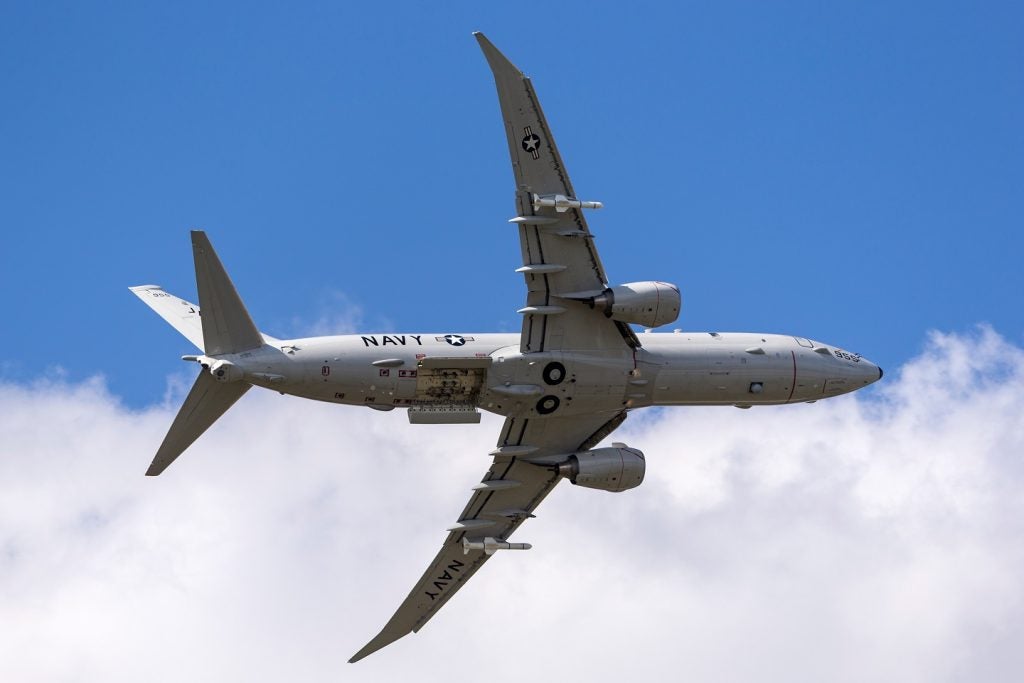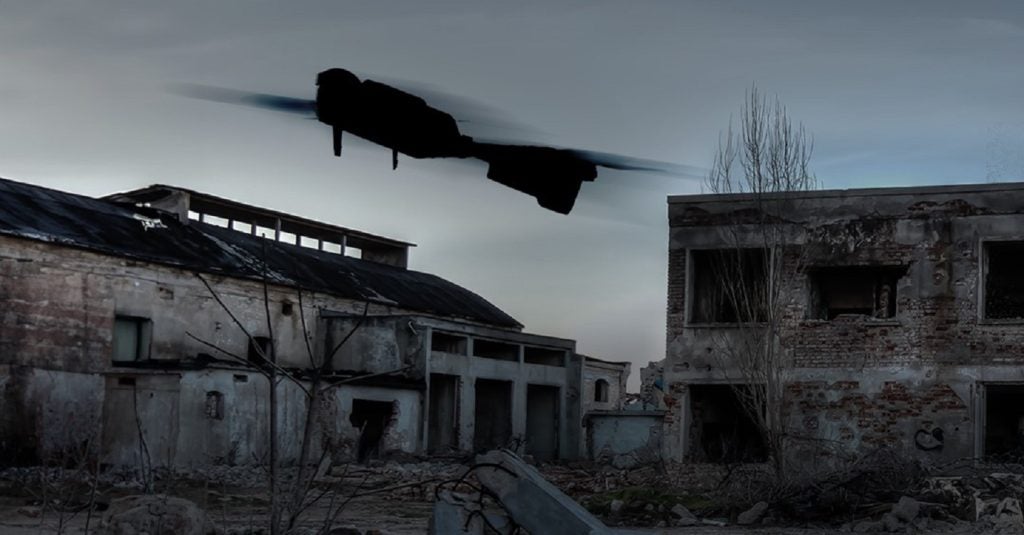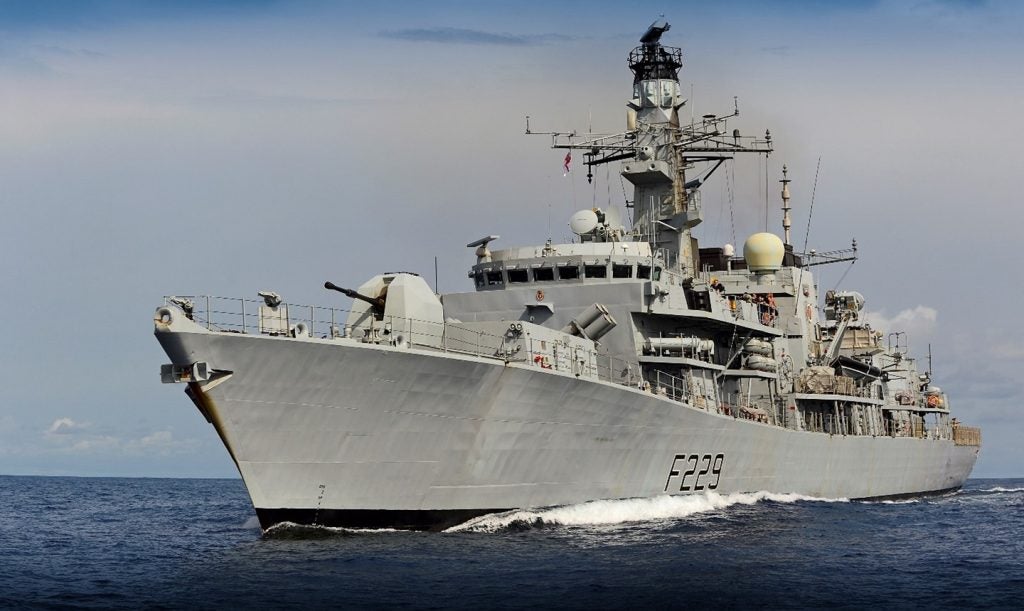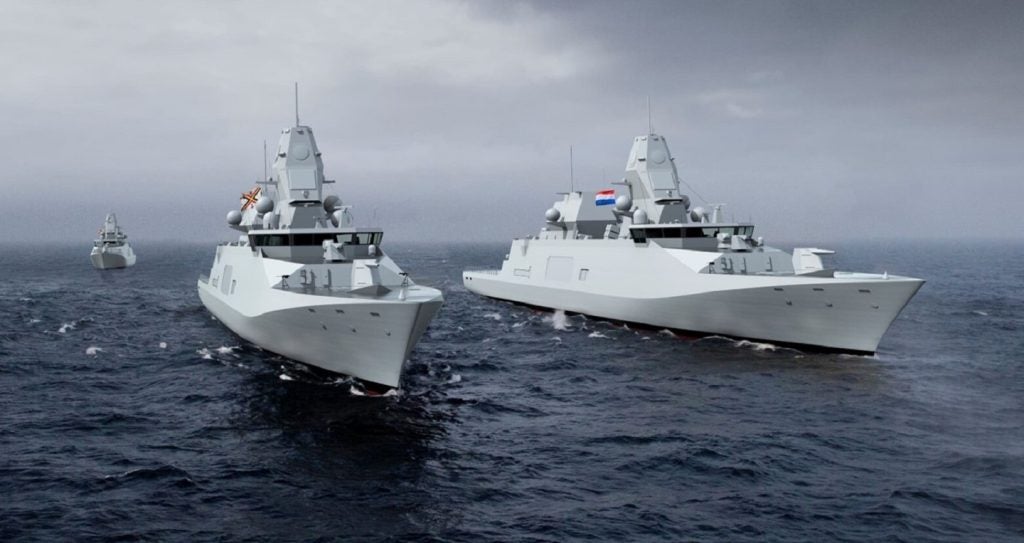The UK Ministry of Defence (MoD) has selected Babcock and Sea team for phase II of the vanguard replacement programme (VRP) submarine communications buoy (SCB) system’s technology demonstrator programme (TDP).
The contract follows successful completion of phase one, which involved development of an effective SCB system design, which was validated with model testing by Babcock and SEA team, under a 14-month simulation and testing contract.
Under the phase II three-year contract, Babcock and SEA team will de-risk towed communications buoy technology to meet future communications requirements for the Royal Navy, as well as deliver a full prototype system and demonstrate in an operational environment.
Babcock Technical Solutions manager Tim Whitten said the team will apply combination of TDP experience, technical knowledge and complementary skills to meet the challenges under the part of phase two contract.
How well do you really know your competitors?
Access the most comprehensive Company Profiles on the market, powered by GlobalData. Save hours of research. Gain competitive edge.

Thank you!
Your download email will arrive shortly
Not ready to buy yet? Download a free sample
We are confident about the unique quality of our Company Profiles. However, we want you to make the most beneficial decision for your business, so we offer a free sample that you can download by submitting the below form
By GlobalData"I am very proud of what the team has managed to achieve, with all parties working well to develop in parallel both the system concept and the validated tools required to design that system," Whitten said.
See Also:
The Royal Navy is seeking a towed SCB, which must be capable of receiving very low frequency (VLF) radio signals and be able to operate in all weather conditions, while the submarine remains deep and safe below.
In addition to operating in a complex dynamic environment, the system’s design must be robust and reliable enough to respond to a range of flow conditions such as large amplitude irregular waves coming from any direction.
The Babcock-SEA team previously signed an agreement to jointly bid for the UK MoD’s TDP, under which Babcock sought responsibility for project management, safety, design and manufacturing, while SEA will undertake TDP management, systems integration and engineering, as well as simulation and validation.








